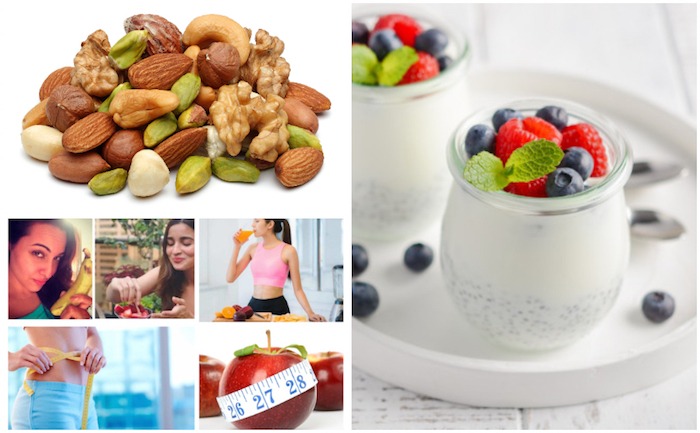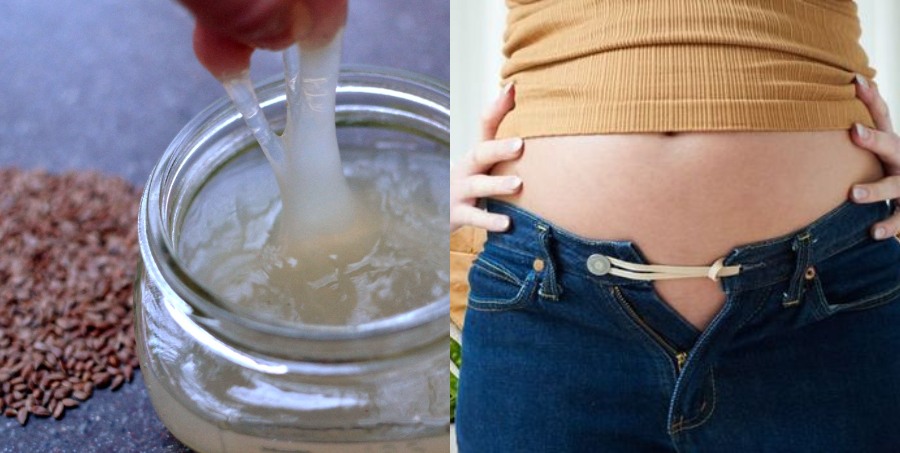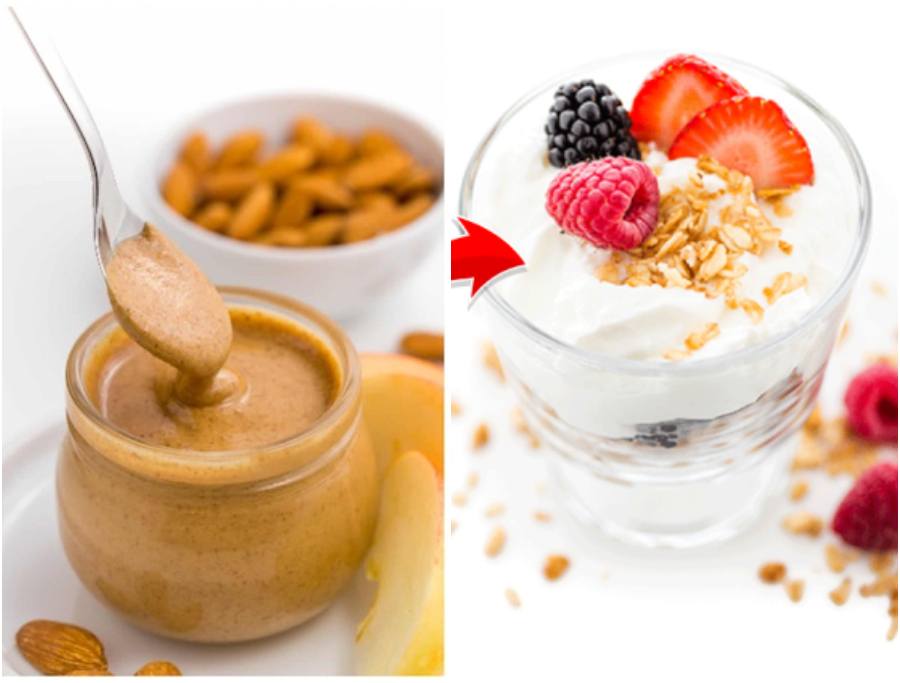Do you know why we are asked to soaked almonds overnight instead of consuming them or why sunflower and pumpkin seeds provide better nutrition when roasted? That’s because there’s a compound on the skin of these nuts and seeds that prevent the absorption of important minerals like zinc, iron, and calcium from the food you consume and it’s phytic acid, also popularly called as an “anti nutrient.” Deficiencies of all these minerals are so essential for weight loss and regular intake of phytic acid may actually slow down your weight loss process. Though phytic acid is connected to lower risk of kidney stones and cancer, relying on it solely and impairing mineral absorption may lead to severe deficiency of essential minerals which are required to run a majority of body functions smoothly.


What’s Phytic Acid and Why to Avoid it?
It binds minerals like zinc, iron, and calcium in the gut and makes them unavailable for the body to absorb – which in essence means if you eat calcium-rich milk or eggs with “unsoaked” almonds in the same meal, your body will less likely absorb the calcium from the milk. It’s also a storage form of phosphorous. Phytic acid is commonly found in nuts, certain seeds, whole grains and legumes. It also lowers the digestability of fat and protein.
20 Foods Rich in Phytic Acid:
1. Spinach.
2. Almonds
3. Peanuts
4. Walnuts
5. Lentils
6. Chickpeas
7. Cashewnuts
8. Pistachios
9. Kidney beans
10. Black-eyed beans.
11. Pumpkin seeds
12. Sesame seeds
13. Brown rice
14. Amaranth seeds
15. Whole corn
16. Brown rice
17. Soya beans
18. Maize
19. Wheat
20. Potatoes

How to Minimize Anti-Nutrient Properties of Phytic Acid:
1. By soaking nuts and legumes for a few hours: Soaking nuts like almonds and also legumes for at least a few hours will considerably reduce their phytic acid content.
2. Fermentation process: The fermentation process activates the enzyme phytase, which in turn reduces the phytic acid level in rice and legumes.
3. Sprouting: When you let legumes sprout, not only phytic acid reduces, there’s an increase in nutrients.
4. Cooking: Cooking is a good option to reduce phytic acid content and also to increase bioavailability of certain nutrients which activate with heat. Spinach, for example, loses its phytic acid content with a light saute.
5. Include Vitamin C rich food: Including up to 50 mg of vitamin C decreases the level of phytic acid.
6. Use Apple cider vinegar to soak the seeds and nuts: Soaking seeds in apple cider vinegar can activate enzyme phytase which gets rid of phytic acid in the food.
7. Roasting nuts and seeds will reduce the phytic acid content in them considerably.





